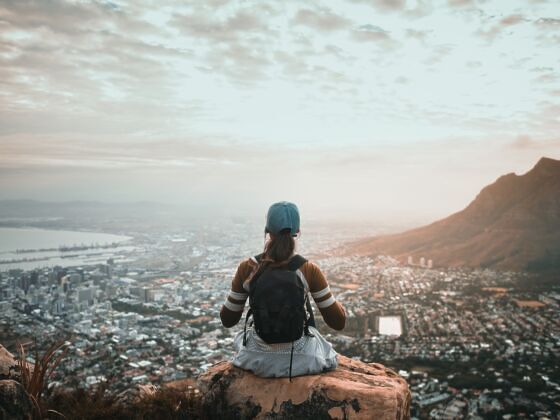Preparing for my trip to South Africa was a blur of warnings, an avalanche of don’ts and watch-outs.
Once there, however, my dear friend Jess (born and raised in South Africa) explained the real meaning of the oft used phrase “This is Africa” (TIA) over two cool glasses of Savannah Dry. Essentially, that things here rarely work out like you expect them.
